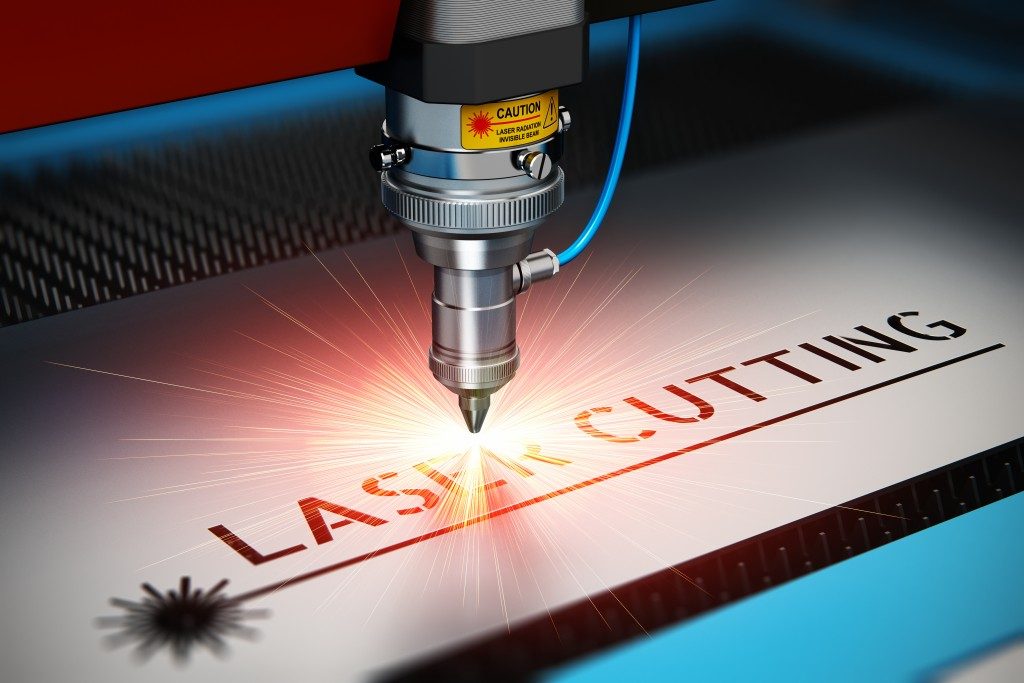Laser cutting and engraving have exploded in popularity in recent years, fueled by lower equipment costs and strong consumer demand. Once the domain of large-scale industry, advancements in laser technology have made the technique more accessible to small workshops and even hobbyists. Anyone with the right resources and know-how can now start a small laser cutting business in their garage.
Whether you’re looking for a laser engraver distributor to expand your operations or just starting, here are a few essential things you should bear in mind to make the process easier and more rewarding.
1. Do your research
Laser machines are incredibly complicated and come in all shapes and sizes. There’s no one-size-fits-all approach when it comes to laser cutting and engraving; you need to make sure you know what you’re looking for.
Each brand produces different types of laser machines, depending on the size, function, and power required. Some models are geared towards hobbyists, while others are designed for large-scale production.
You should also do some research on laser engraver distributors. Read online reviews, and if there aren’t any, ask around for feedback. Laser machines often break down, so you need a supplier with spare parts on hand. You don’t want to wait for weeks for a single component.
2. Know the material
With lots of materials available, you need to know how each one reacts to different laser settings and configurations. Some materials are better for a particular application, while others just don’t work well with lasers. Play around with different designs, thicknesses, and colors. Find out the best material for your project.
3. Format the text properly
If you’re going to use text or in your laser projects, you need to make sure that your design can be easily translated to cutting or engraving. Allow for ample spacing between letters and make sure the font size isn’t too small. If the letters are too small and close together, it might result in unreadable text or overlapping elements.
Another thing you should keep in mind is textual elements should be treated like any other shape or design. Vectorize all text (even simple letters) and reduce each letter to different elements.
4. Check the dimensions
Before starting any project, you need to make sure that your laser machine is capable of supporting your minimum and maximum dimensions. If you have an industrial laser, this shouldn’t be a problem. But you may have to scale down your project if your laser machine can’t support the design guidelines.
5. Lower the resolution
If you’re working on glass or something similar, lowering the resolution might result in a better engraving. You probably won’t be able to tell the difference once the engraving process has started, but this small adjustment helps prevent a rough surface.
6. Fill in with color

To make your product more visually appealing, you can fill in the engraved portions with different colors for contrast. If you’re working with a dark material such as brick or wood, a color filling can help lighten up the non-engraved area. Just be careful when applying the tint as it could leak into other portions of the material.
These pointers will help you make the most of your laser machine. With practice and experimentation, you’ll be able to pull off all sorts of projects with different kinds of materials. The only limit is your imagination.

